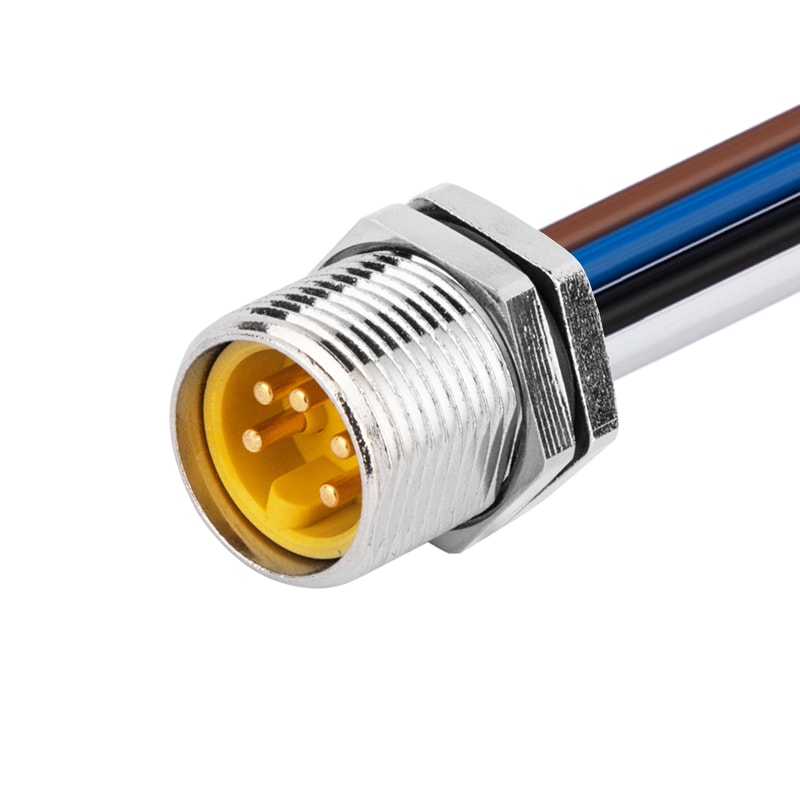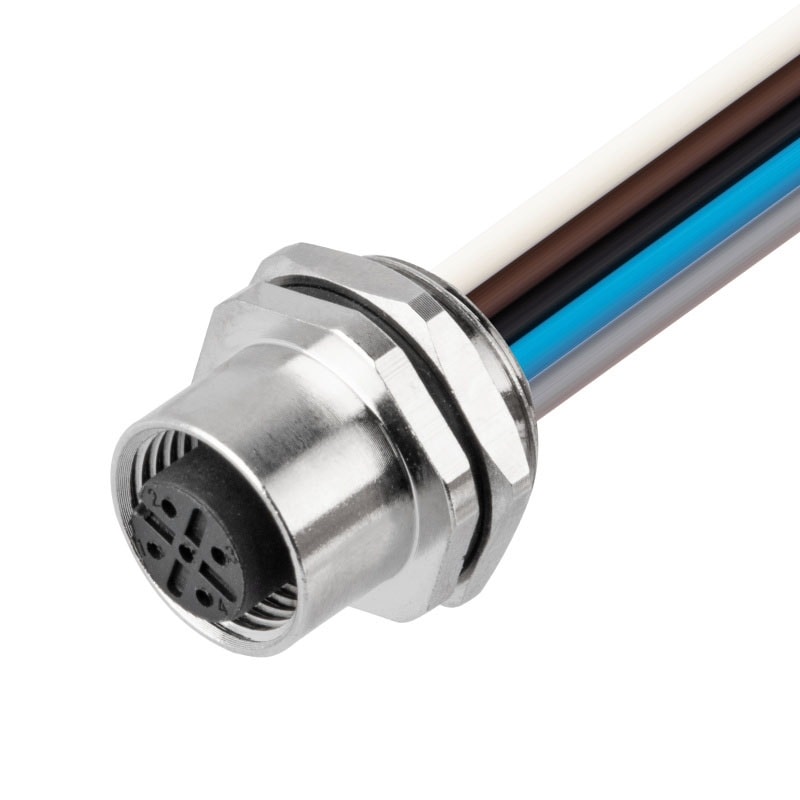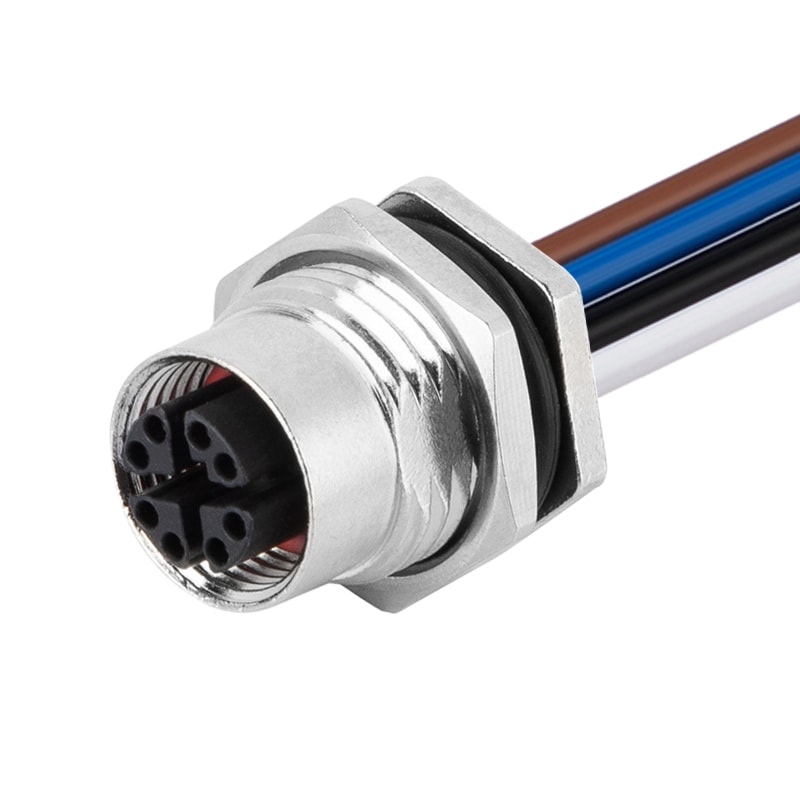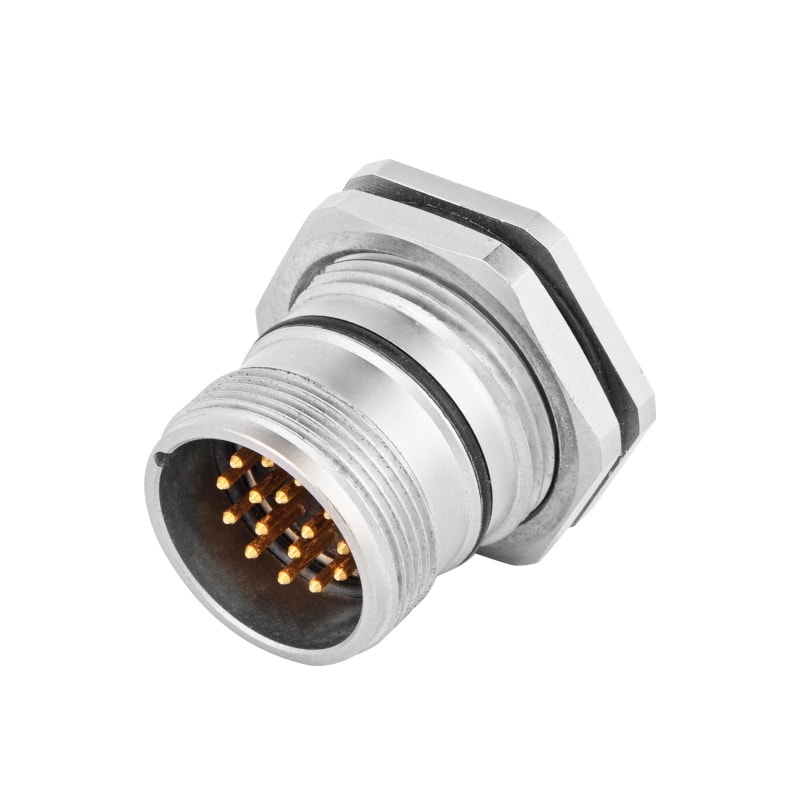In modern electrical systems, wire harnesses play a vital role in delivering power and transmitting signals reliably. However, any defect—no matter how small—can compromise the system’s performance, safety, and longevity. This is why wire harness testing is essential in both manufacturing and maintenance processes.
Let’s take a closer look at the purpose of wire harness testing, the tools involved, common methods, and best practices to ensure every harness performs at its best.
Why Is Wire Harness Testing Important?
The main goal of wire harness testing is to identify faults that may affect performance, safety, or compliance.
It ensures that each wire, connector, and terminal meets the design specifications and functions correctly. Testing helps detect:
Incorrect wiring that may lead to short circuits or open loops
Loose connections causing intermittent faults
Improper wire gauge that can overheat under load
Faulty crimps or joints reducing conductivity
Component failures affecting circuit behavior
By detecting these issues early, manufacturers can reduce rework, avoid costly failures, and enhance system reliability.

The Three Key Aspects of Harness Testing
Wire harness testing typically focuses on mechanical, electrical, and environmental factors. Each ensures performance under different conditions.
Mechanical Testing
This checks the physical strength and durability of the harness. It verifies that the assembly can withstand tension, bending, vibration, and other forces during use.
Electrical Testing
This ensures correct wiring and circuit behavior. Tests include continuity checks, resistance measurements, insulation testing, and short circuit detection.
Environmental Testing
Harnesses often operate in demanding environments. These tests simulate temperature extremes, moisture, chemicals, and dust to verify resistance to external factors.
Essential Tools for Wire Harness Testing
Reliable testing requires the right tools. Below are some commonly used instruments:
1. Test Table
A custom fixture that holds the wire harness in place for manual or automated testing. It helps reduce handling errors and speeds up the process for large harnesses.
2. Multimeter
A versatile tool for checking voltage, current, resistance, and continuity. It’s useful for basic diagnostics and verifying circuit functionality.
3. Continuity Tester
This simple device checks if a circuit is complete. A clear audible or visual signal helps quickly identify wiring breaks or misrouting.
4. Modular Testing Systems
Advanced testing setups, such as RTS, Arcadia, or TS1300, combine hardware and software for high-precision, automated testing. They’re ideal for high-volume production and industries with strict quality standards.

Common Wire Harness Testing Methods
Now, let’s go over the practical testing methods used to validate wire harnesses in detail.
Visual Inspection
Before any electronic testing, inspect for:
Correct wire colors and gauges
Accurate cable lengths
Clean, secure terminals and crimps
No visible damage or contamination
Continuity Testing
This confirms that all circuits are complete.
How to perform it:
Connect the multimeter to the test points. If continuity exists, the meter beeps or shows low resistance. If not, the display shows “OL” (open loop).
Short Circuit Testing
This detects unintended contact between conductors.
How to perform it:
Set the multimeter to continuity mode. Test between conductors that should not be connected. If low resistance is detected, a short circuit exists.
High Voltage (Hi-Pot) Testing
Hi-pot tests check insulation integrity, especially in EVs or high-voltage applications.
How to perform it:
Apply a high voltage (up to 10 kV) between conductors and observe for breakdowns or leakage. A pass indicates safe insulation.
Resistance Testing with Milliohm Meters
This checks joint quality and bonding between components.
How to perform it:
Use a four-wire milliohm meter to measure very low resistance. Values above ~2.5 ohms may indicate poor connections.
Pull Testing
Pull tests evaluate the strength of crimps and connectors.
Pull and break: Measure max force before failure
Pull and hold: Apply force without breaking
Pull, hold, and break: Combine both for durability analysis
Bend and Flex Testing
Used to test cable endurance against repeated motion.
How to perform it:
Fix one end of the cable. Move the other through a fixed angle repeatedly to simulate bending cycles. Watch for failures over time.
IP66/IP67 Ingress Testing
Verify protection against dust and water.
Fungal Resistance Testing
For harsh environments, test cable resilience against fungal growth.
How to perform it:
Expose cables to fungal spores in warm, moist conditions. Monitor for growth and material degradation.
Additional Tests for System Applications
When used in system-level cable assemblies, further checks are recommended:
Contact Testing
Confirm male/female connectors are functioning under voltage and current loads.
Impedance Testing
Measure impedance to ensure consistent signal transmission, especially in high-frequency or data lines.
Final Thoughts
Wire harness testing isn’t just a quality control step—it’s a critical process that safeguards system performance and user safety. From simple continuity checks to advanced hi-pot and bend tests, each method contributes to reliable, high-quality products.
If you're looking for custom cable harness solutions that meet your industry’s standards, Amissiontech offers expert design, prototyping, and full-scale production support. Our in-house testing and quality assurance ensure that every wire harness delivers performance you can trust.
Contact Amissiontech today to learn more about our wire harness capabilities.

 EN
EN DE
DE JP
JP ES
ES SE
SE FR
FR IT
IT CN
CN 한국어
한국어 ภาษาไทย
ภาษาไทย بالعربية
بالعربية Nederlands
Nederlands Türkçe
Türkçe Język polski
Język polski Tiếng Việt
Tiếng Việt Zulu
Zulu Bahasa Malay
Bahasa Malay




